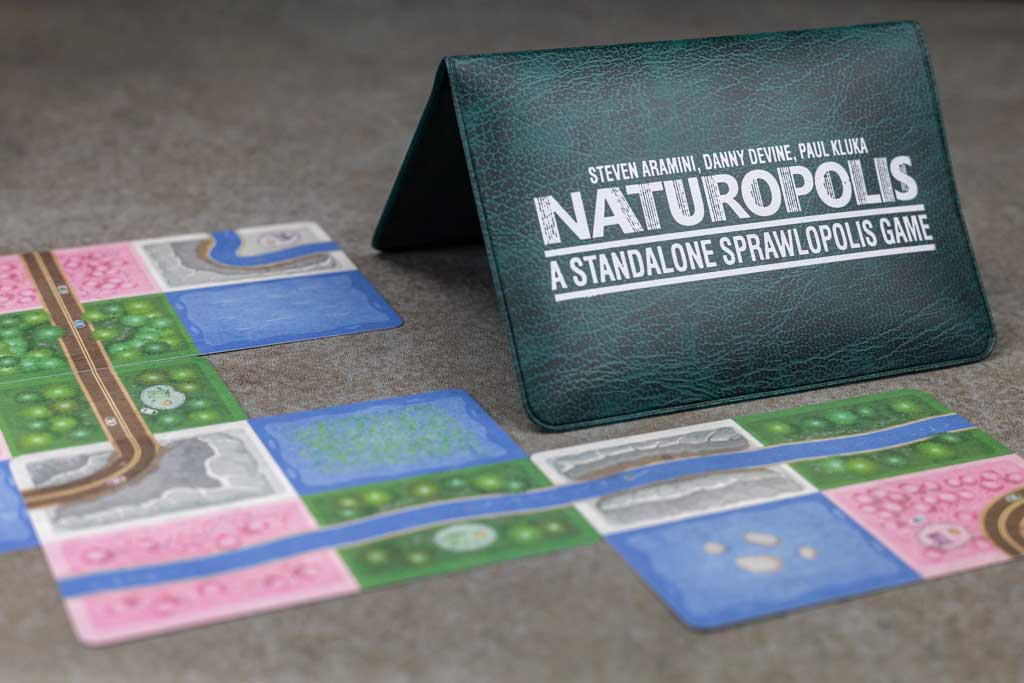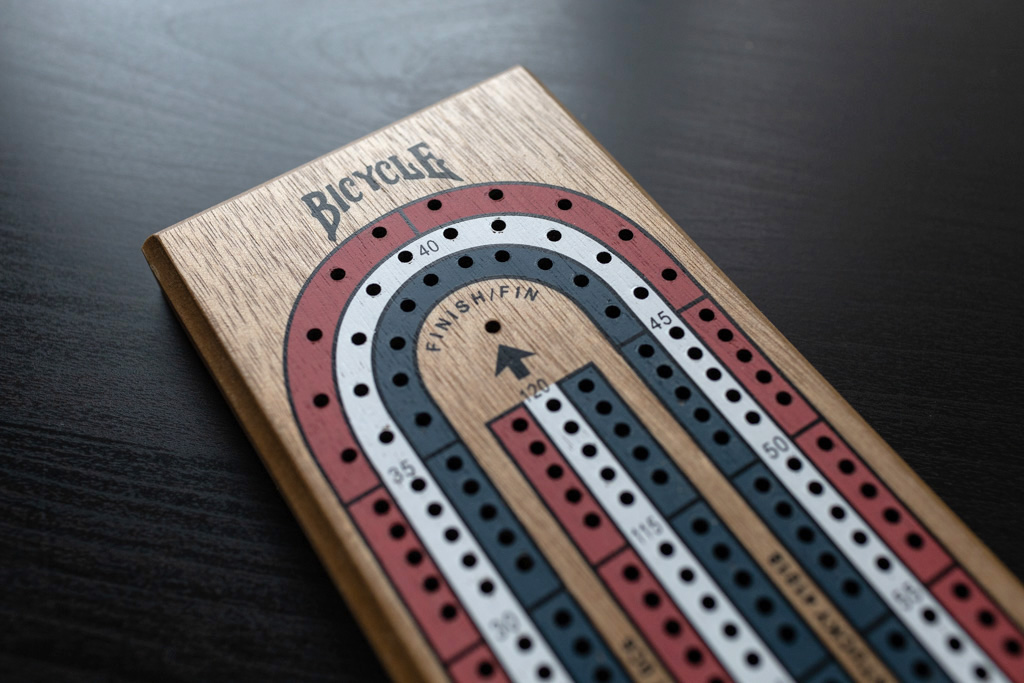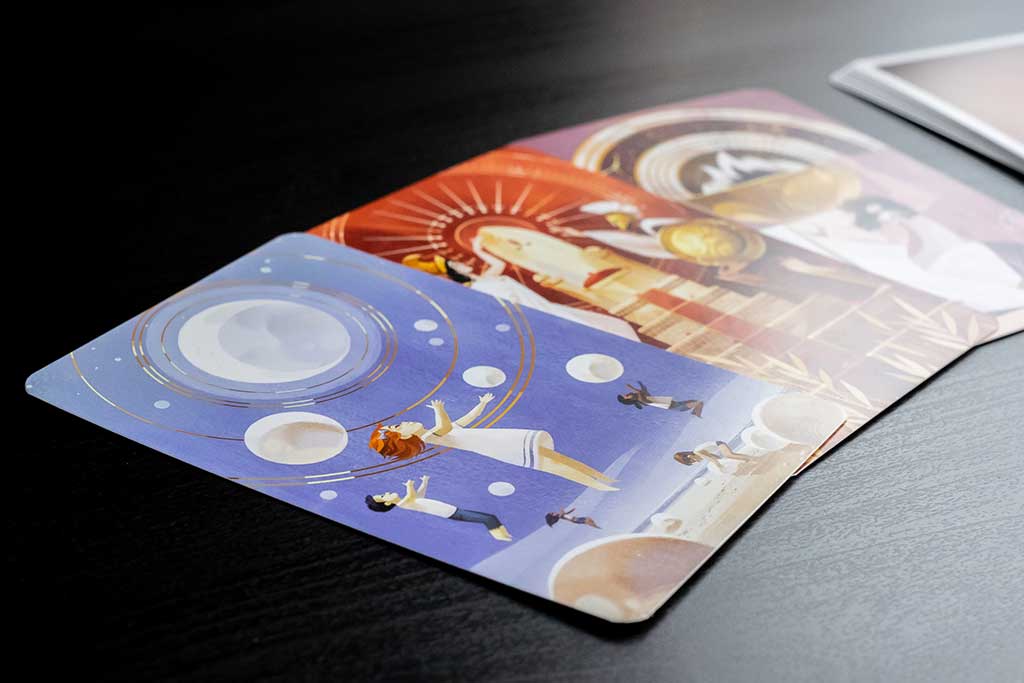
Dixit is a visual, card-based board game designed by Jean-Louis Roubira and published by Libellud. It was first released in 2008 and has since become a popular party game for players of all ages. In Dixit players take turns being the storyteller who selects a card from their hand and provides a word, phrase, quote, sound, or gesture to describe the image on the card. The other players then select a card from their own hands that they feel best matches the clue and give it to the storyteller.
The storyteller shuffles the cards together, then reveals them and asks the other players to guess which card was the storyteller’s original card. Points are awarded based on how many players guess the correct card, with bonus points given to the storyteller if some but not all players guess their card. The game can be played with 3-6 players and typically takes around 30 minutes to complete.
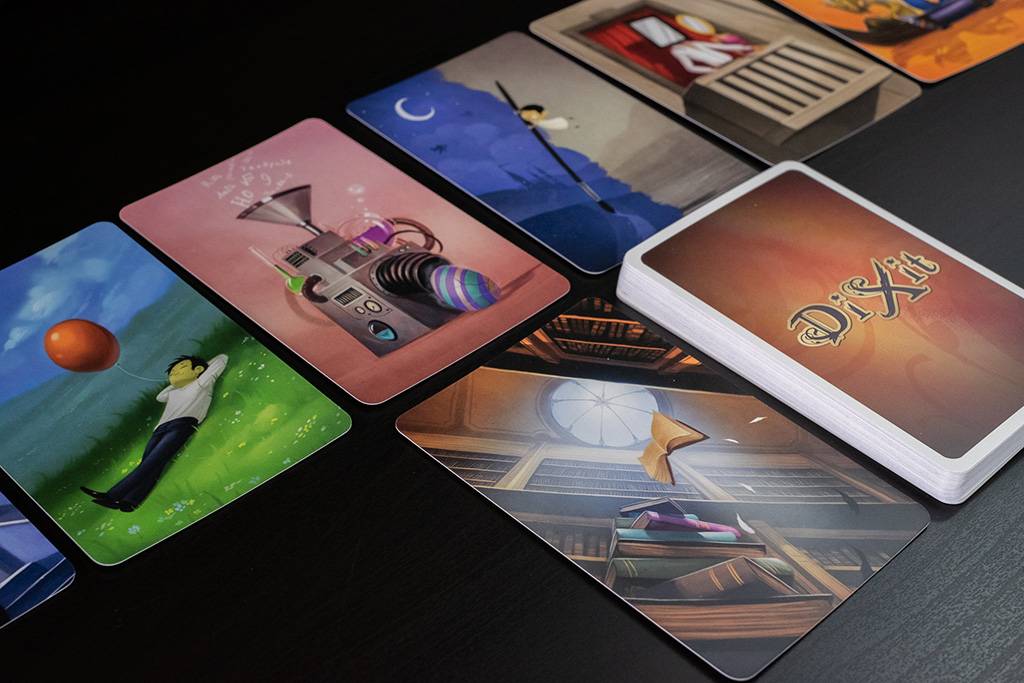
You’ve most likely played Apples to Apples, Cards Against Humanity, or some other card-comparison game where a group of people guesses and one person votes for best guess. Dixit is a lot like those games but with a twist – this one is based on artistic cards instead of words.
The game’s cards feature surreal and whimsical artwork, often with anthropomorphic animals or other fantastical creatures. The game’s designers encourage players to interpret the images in their own way, making the game highly subjective and open to interpretation. Dixit is a game that encourages creativity, imagination, and communication, making it a popular choice for social gatherings and family game nights.
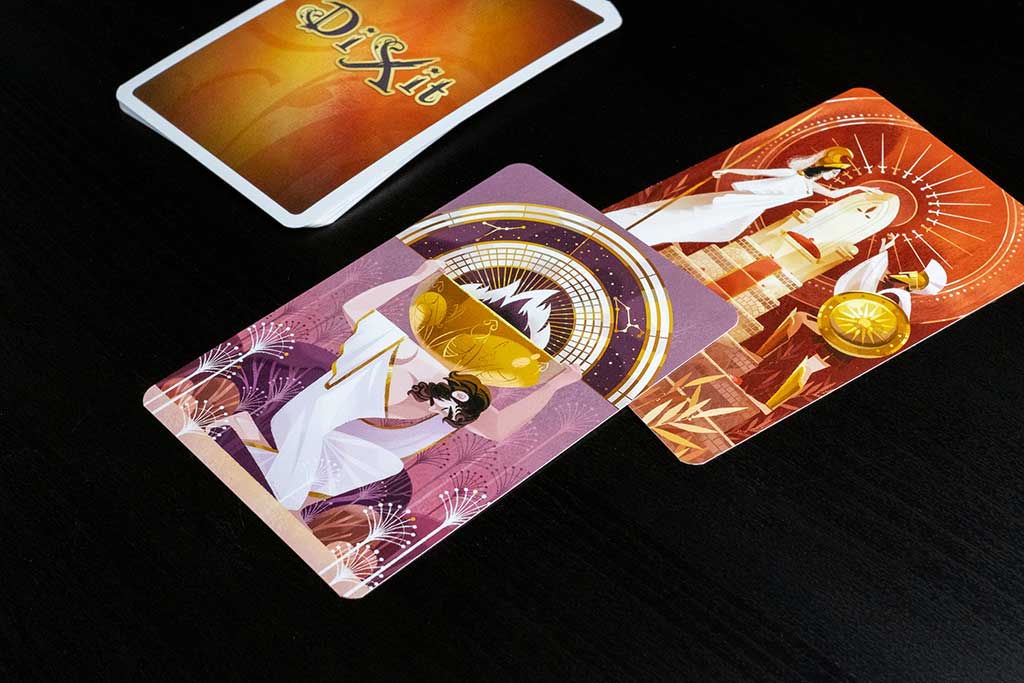
Creation of Dixit
Dixit was invented by French game designer Jean-Louis Roubira. According to Roubira, the idea for Dixit came to him after he attended a storytelling workshop. Inspired by the workshop, he wanted to create a game that would encourage players to use their imagination and creativity to tell stories.
To create the game, Roubira started with a set of cards featuring surreal and whimsical illustrations that he created himself. He then came up with the game’s basic mechanics, which involve players using the cards to tell stories and make guesses about each other’s stories.
Roubira tested the game with friends and family and made adjustments based on their feedback. The final version of the game was published by the French board game publisher Libellud in 2008.
Dixit Expansions
Dixit has spawned several expansions, each adding new cards and gameplay mechanics to the base game. The first expansion, Dixit Odyssey, was released in 2011 and introduced new scoring mechanics and more cards to the game. Since then, several other expansions have been released, including Dixit 2, Dixit 3, Dixit Quest, Dixit: Memories, and Dixit: Harmonies.
Each expansion adds its own unique flavor to the game, offering players new cards and gameplay mechanics to explore. Dixit Odyssey, for example, includes a new scoring system that rewards players who guess the storyteller’s card correctly without giving away their own card. Dixit: Harmonies, on the other hand, introduces a new type of card that requires players to associate a specific sound with an image.
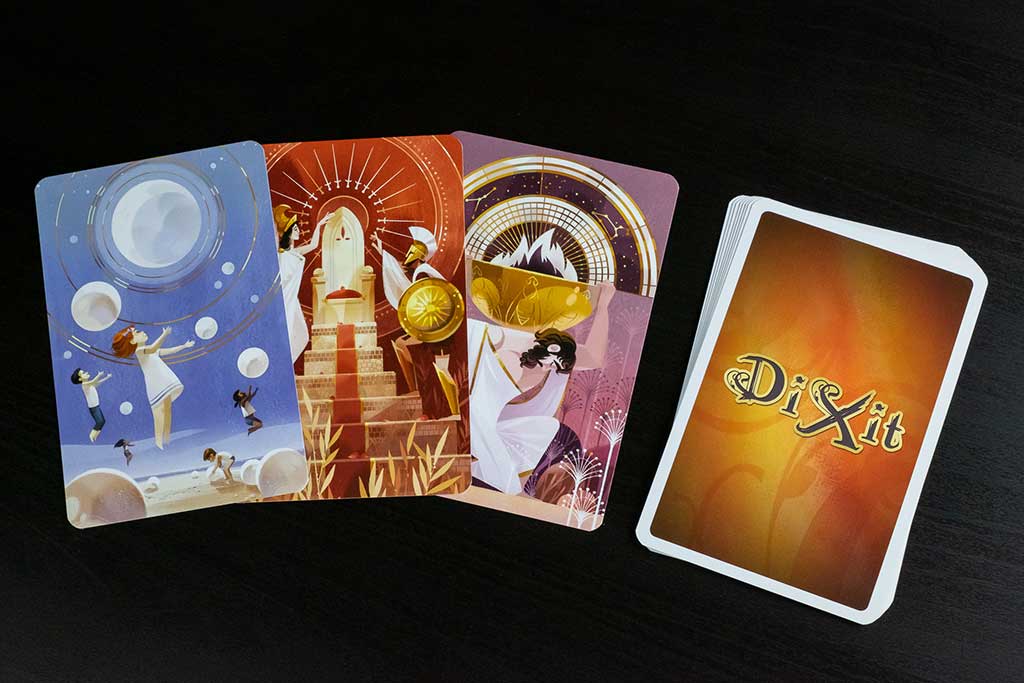
How to Play Dixit
- Set up the game: Shuffle the deck of cards and deal six to each player. Each player should also take a scoring token and place it on the “0” space of the scoring track. Choose one player to be the first storyteller.
- Storytelling: The storyteller selects a card from their hand and provides a clue to describe the image on the card. The clue can be a word, phrase, sound, or gesture, but it cannot be too obvious or too obscure. The other players then select a card from their own hands that they feel best matches the clue and give it to the storyteller.
- Guessing: The storyteller shuffles the cards together with their own card, then reveals them and places them face up on the table. The other players then try to guess which card was the storyteller’s original card. Each player secretly votes for the card they think is the storyteller’s card using their scoring token.
- Scoring: Once everyone has voted, the cards are revealed and the players earn points based on their guesses. If all or none of the players guess the storyteller’s card correctly, the storyteller does not earn any points. Otherwise, the storyteller and any players who guessed correctly earn points. The game continues with a new player becoming the storyteller in the next round.
- End of the game: The game ends when one player reaches the end of the scoring track or when all the cards in the deck have been played. The player with the most points at the end of the game wins.
Please Support
If you enjoy this content, you can support us by clicking our affiliate links. We also encourage you to buy from independent publishers and your friendly local game stores.

